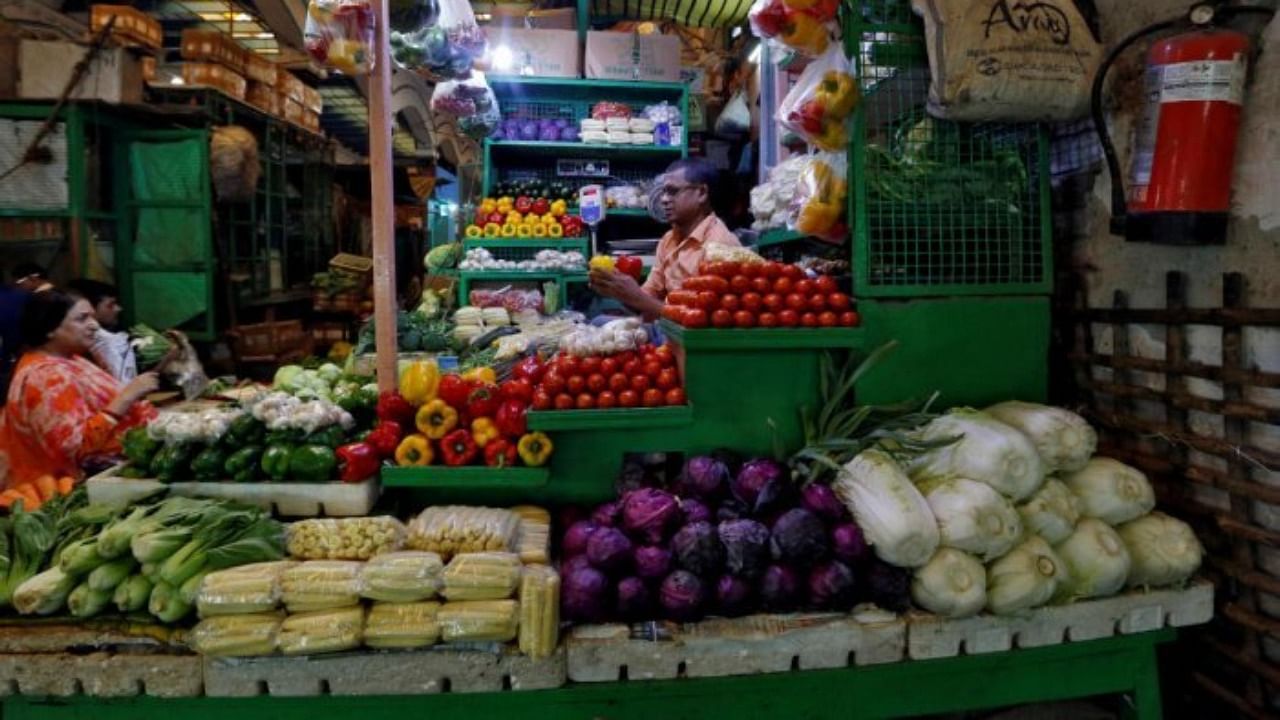
Wholesale prices in India contracted by 3.48 per cent in May, the sharpest decline in seven-and-a-half years, as prices cooled down across categories on the back of softening fuel and commodity prices and favourable base effect.
The annual rate of inflation based on the Wholesale Price Index (WPI) fell to (-) 3.48 per cent in May, the lowest level since November 2015. The WPI inflation is in the negative territory for the second month in a row. It stood at (-) 0.92 per cent in April.
“Decline in the rate of inflation in May 2023 is primarily contributed by fall in prices of mineral oils, basic metals, food products, textiles, non-food articles, crude petroleum & natural gas, and chemical & chemical products,” the Ministry of Commerce and Industry said in a statement.
Read | Disinflation process to be slow and protracted: RBI Governor
The wholesale price was in a deflationary zone across all categories. Prices of manufactured products, which has 64.23 per cent weight in the WPI, contracted by 2.97 per cent in May on a year-on-year basis. Primary articles category witnessed deflation of 1.79 per cent. Food index contracted by 1.59 per cent. The sharpest drop was in fuel and power category, which witnessed deflation of 9.17 per cent.
The prices declined on-year as well as on a month-on-month basis. The month over month change in WPI for May 2023 stood at (-) 0.86 per cent as compared to April 2023.
Inflationary pressure has cooled down in the recent months both in wholesale as well as retail categories. The Consumer Price Index (CPI) based retail inflation declined to 4.25 per cent in May, the lowest in 25 months, as per data released by the National Statistical Office (NSO) earlier this week.
While there is a declining trend in overall inflationary pressure a wide gap persists in wholesale and retail price movement. For example, during the month of May the wholesale prices dropped by 3.48 per cent while retail prices rose by 4.25 per cent when compared with the same month last year.
“Negative trajectory in wholesale prices should help the overall input cost in the value chain. While we expect the trend to continue, we need to watch out how Monsoon plays out,” said Assocham Secretary General Deepak Sood.
Core WPI inflation (non-food manufacturing) declined to (-) 2.2 per cent in May as compared to (-) 1.8 per cent recorded in the previous month, led by a sharp drop in the prices of basic metals, textiles and chemicals.
Industrial raw material costs declined by 8 per cent in May. Industrial raw material inflation is lower than non-food manufacturing inflation after a gap of 26 months.
“The YoY deflation in industrial raw materials widened sharply in May 2023, which should augur well for the margins of India Inc,” rating agency ICRA said in a research report.
It further noted that the WPI deflation is likely to remain in the range of 2.5 to 3.5 per cent in June supported by an elevated base in the year-ago month (+16.2 per cent).
The reduction in input cost pressures has supported the pick-up in manufacturing sector GVA growth in Q4 of 2022-23. The sharper reduction in input costs compared to output prices, indicates that margins for producers could improve further in Q1 of 2023-24, IDFC First Bank said in a note.
From a GDP deflator perspective, WPI is important as it constitutes nearly 70 per cent weight. The moderation in both WPI and CPI inflation, indicates that GDP deflator growth is likely to slow further in FY24.
“We see down-side risk to FY24 nominal GDP growth assumed in the Union Budget of 10.8 per cent (over FY23 actuals). Nominal GDP growth in FY24 could be lower than 9 per cent, due to slower GDP deflator growth,” IDFC First Bank added.